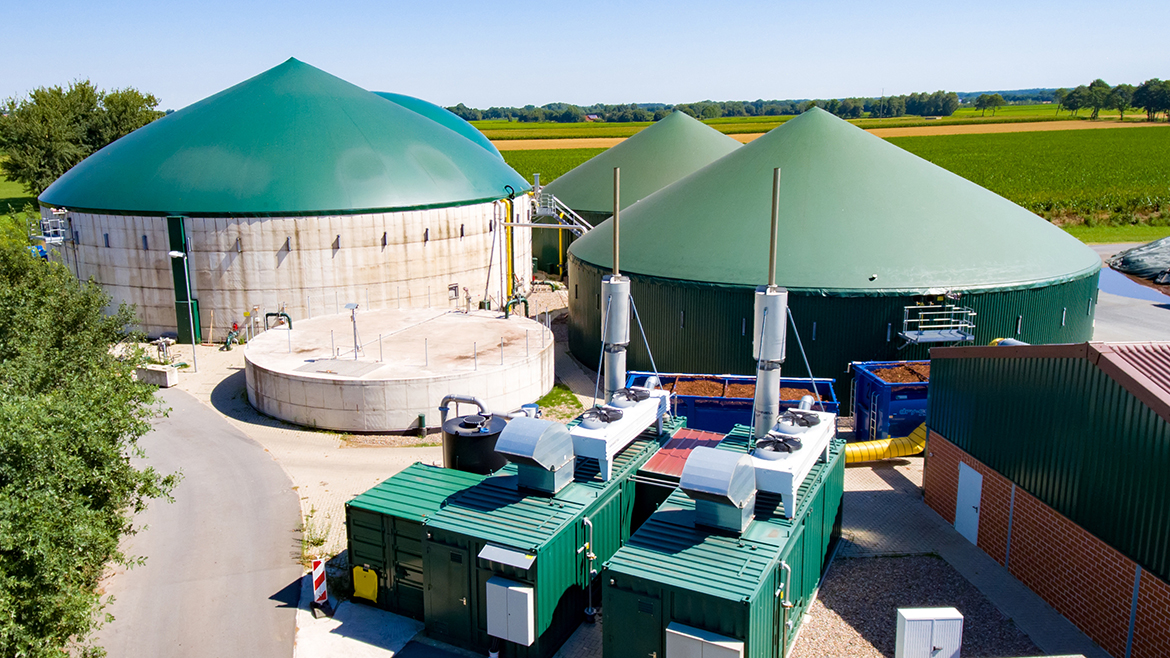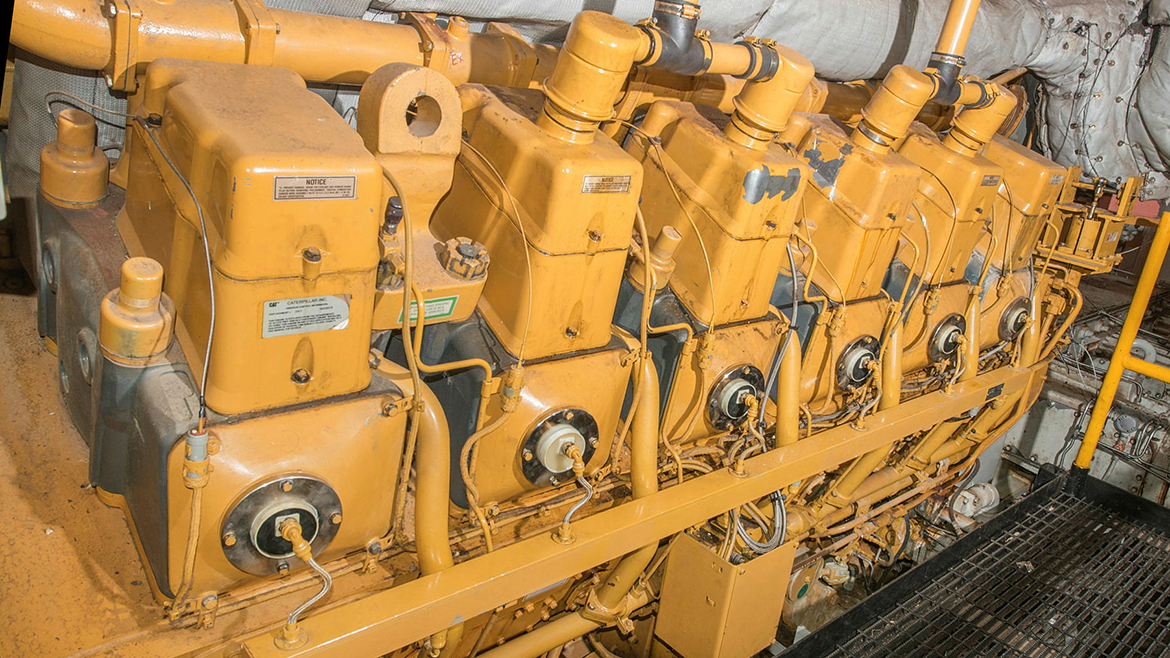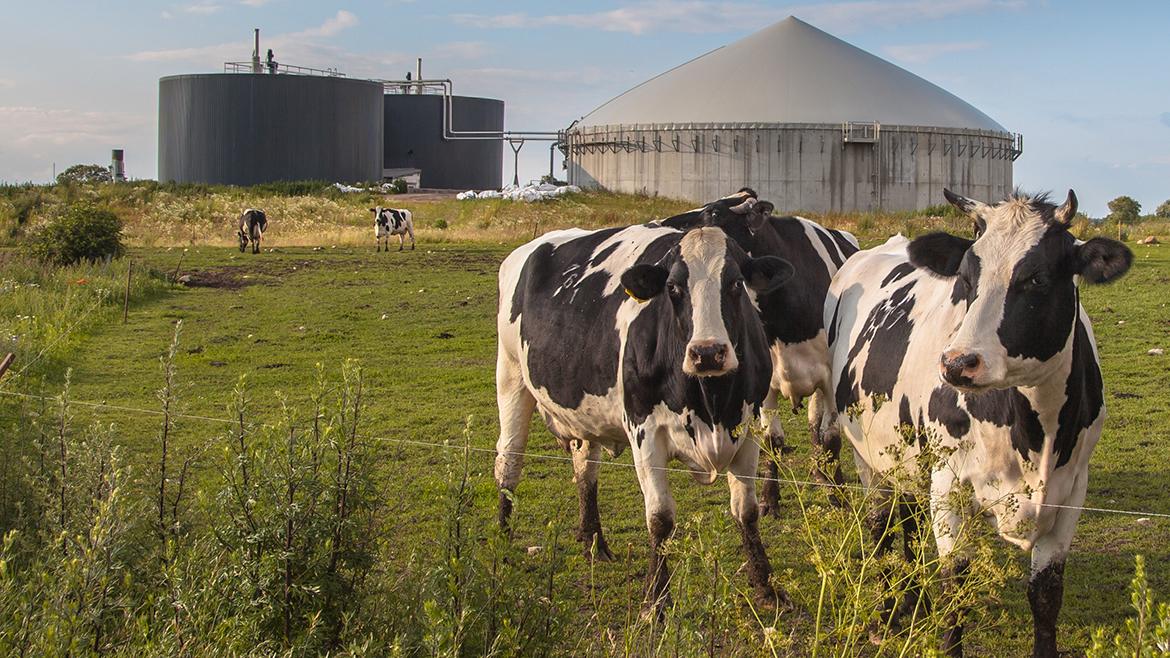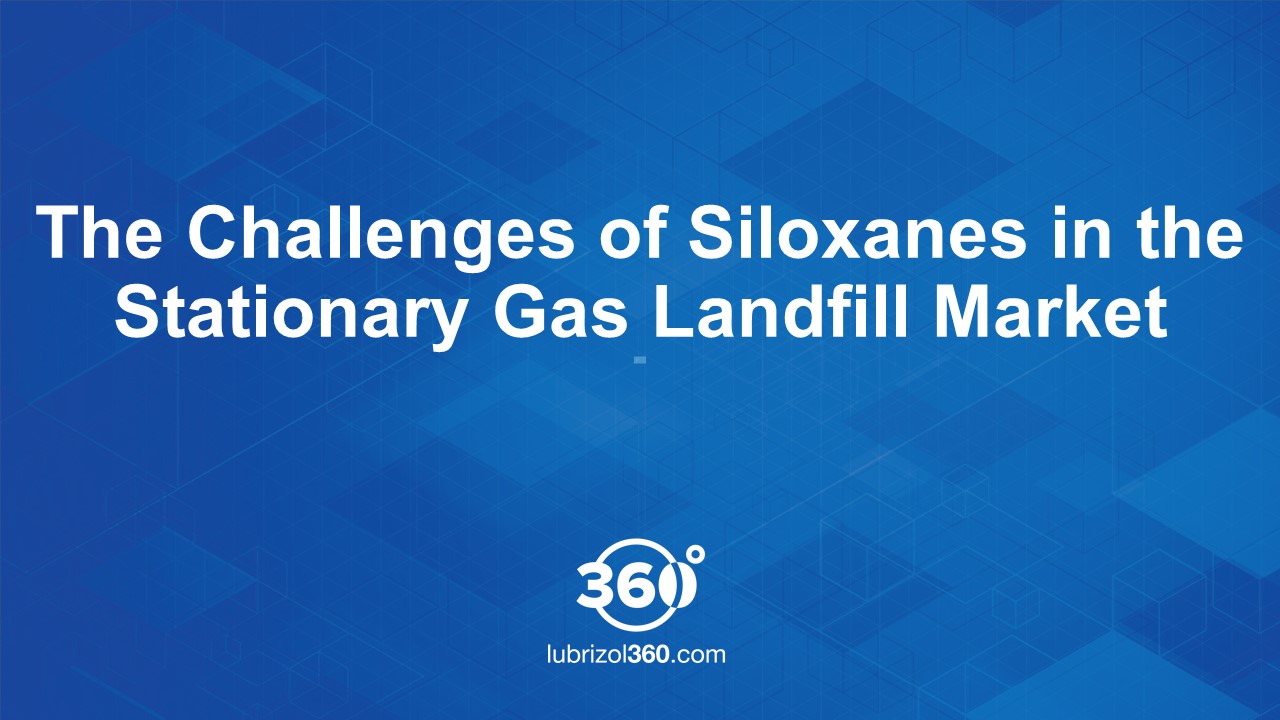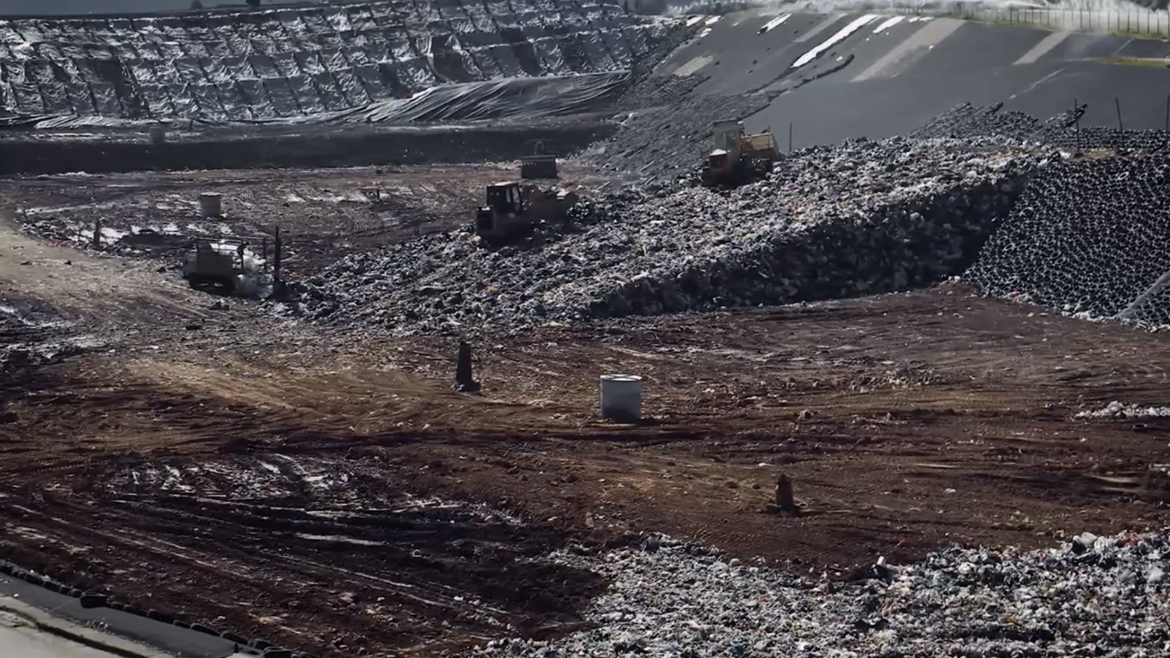Jul 28, 2021
Posted by Paul OHora, Project Manager, Engine Oils
As the world’s demand for energy is set to increase year on year, there has been an expansion in power generation stationary gas engines to capture this market. This has resulted in a growing number of fuel types being used to power these engines. Environments that are currently being exploited include natural gas, biogas, sewage gas, mine gas, wood gas and landfill sites—these use the generated methane to power the engine. The drawback to non-natural, or pipeline, gas fuels is the high likelihood that they will contain contaminants such as siloxanes and hydrogen sulphide (H2S); the latter can form acidic species upon combustion which may then mix with the lubricating oil. If this is not properly protected against, it can cause corrosion of the engine and lubricating fluid degradation, leading to shorter service intervals or component failure.
The Sulphuric Acid Neutralization Test (SANT) test method allows the impact of high H2S fuels on a stationary natural gas engine to be seen by mimicking how an engine oil being used in an engine running on high H2S fuel would be exposed to these contaminants gradually over time. This proprietary test method highlights the subsequent ability of that oil to provide adequate protection and also allows oil longevity to be measured. The SANT test highlights differentiation between formulations over the course of the test and how to formulate for these severe applications.
Lubricating oils typically contain detergents, and other aminic chemistries, which are used to neutralize these acidic species. These neutralizing capabilities can be measured by ASTM methods such as D2896 and D664 which measure the total amount of base number (TBN) or the total acid number (TAN) of the oil. Another method that can be used to measure neutralizing capabilities is i-pH which measures the strength of acid in a lubricant. This is an important parameter to measure as TAN/TBN alone do not show how corrosive the acidic species in an oil are and therefore do not give a true picture on the lubricant’s useful lifespan.
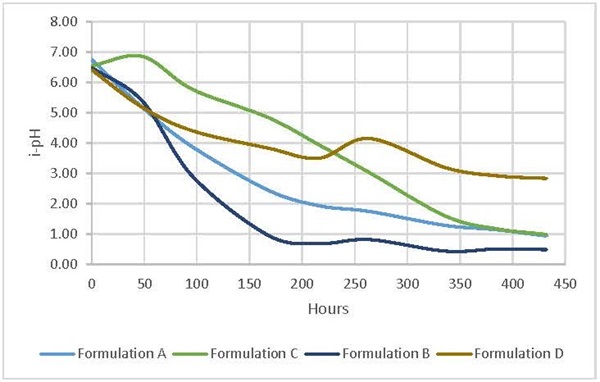
Graph 1: i-pH during the SANT test
By measuring the i-pH, the SANT test highlights that the real-world performance of formulations which have similar TBN measurements may actually differ from the intended performance, as outlined in Graph 1, leading to higher acidic concentrations. However, across the industry, TBN measurements are often relied on by operators to show how much reserve the formulation has and subsequently determine the performance of the fluid. There are some stationary gas engine OEMs, such as Jenbacher, who have an i-pH condemning limit of 4 in addition to TAN/TBN limits for used oil.
Our View
Typically, in the field of stationary gas engine oils. testing of a new formulation requires validating in live power generation applications. The Sulphuric Acid Neutralisation Test is therefore an invaluable bench test which allows future formulations to be rigorously tested in the laboratory, ensuring the engine oils meet the highest standards when faced with highly contaminated fuel sources before being used in the field. Further to this, the test showcases differentiation in fluids and shows which fluids are likely to have the longest lifespan in real world applications.
For more information on the Sulphuric Acid Neutralisation Test, please contact your Lubrizol representative.

